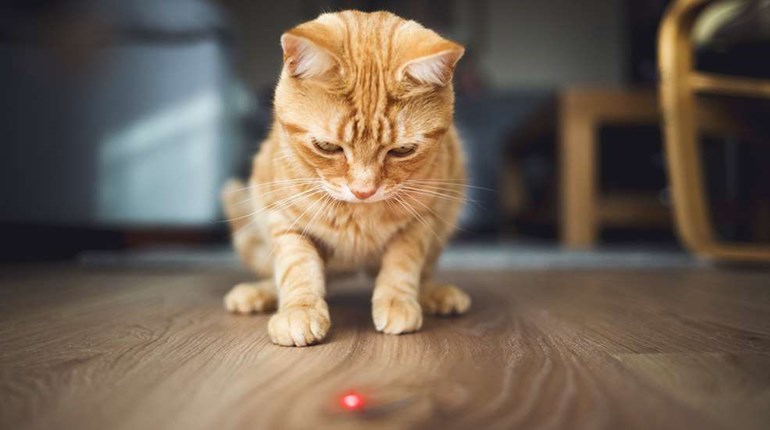According to 12-time NRA National Pistol Champion Brian Zins, a proper bullseye (precision) pistol grip is, "Firm, consistent and repeatable!" Easy enough, right? In his latest video for SSUSA, Zins reviews the fundamentals for a winning bullseye pistol grip.

First rule: Trigger finger placement is the most important part of your grip. This is because the trigger finger is the only part of your grip that is moving. The rest of your grip, while stationary, should be consistent and firm. How firm? Enough to manage recoil, but don't hold it too tight or your hand will be worn out by the end of a grueling bullseye pistol match.

When developing your one-handed pistol grip for bullseye pistol shooting, be sure to keep these things in mind.
- Avoid bending your wrist. Keep it flat, as if you are throwing a punch. This will help to manage recoil.
- Once you establish your grip and bring up your gun, the sights should automatically align to the eye. Any deviations from this are most likely a grip issue, not a position issue.
- Apply consistent, even front-to-back pressure in your grip. Do not put put pressure on the side of the grip. This avoids issues with the thumb.
- Be aware of your grip pressure as the trigger finger is moving to avoid sight misalignment. Do not allow grip pressure to change during sustained fire.
When the gun comes up and is properly aligned to the eye, you may not be on target. Move your feet to get on target. As long as your gun comes up and sights are aligned to the eye, you are in good shape. (Watch Zins' previous shooting position video for more details.)

Once you master this grip, shooting your bullseye pistol will feel better and recoil will be better managed.
This video is the fifth installment in our bullseye pistol series featuring Brian Zins. Below are links to the previous videos.
To learn more about Zins’ pistol training classes, please visit his Facebook page here.























